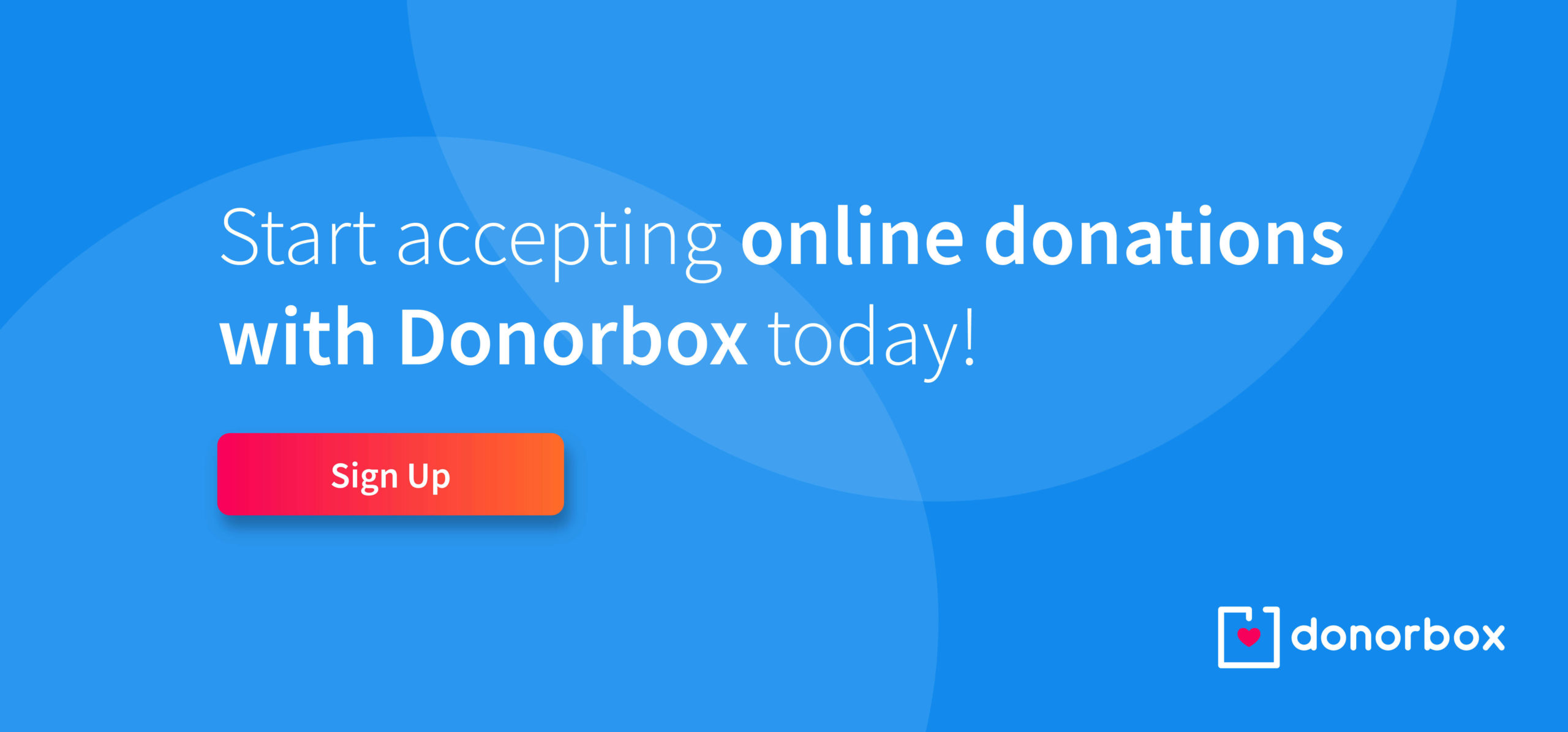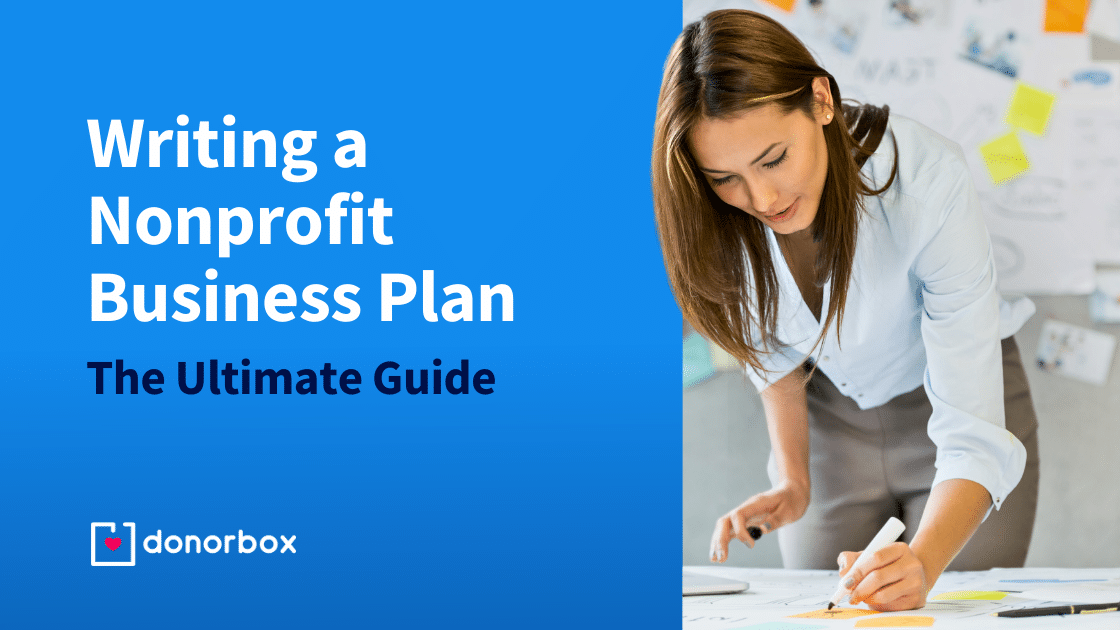Nonprofit business plans are dead — or are they?
For many nonprofit organizations, business plans represent outdated and cumbersome documents that get created “just for the sake of it” or because donors demand it.
But these plans are vital to organizing your nonprofit and making your dreams a reality! Furthermore, without a nonprofit business plan, you’ll have a harder time obtaining loans and grants, attracting corporate donors, meeting qualified board members, and keeping your nonprofit on track.
Even excellent ideas can be totally useless if you cannot formulate, execute, and implement a strategic plan to make your idea work. In this article, we share exactly what your plan needs and provide a nonprofit business plan template to help you create one of your own.
What is a Nonprofit Business Plan?
A nonprofit business plan describes your nonprofit as it currently is and sets up a roadmap for the next three to five years. It also lays out your goals and plans for meeting your goals. Your nonprofit business plan is a living document that should be updated frequently to reflect your evolving goals and circumstances.
A business plan is the foundation of your organization — the who, what, when, where, and how you’re going to make a positive impact.
The best nonprofit business plans aren’t unnecessarily long. They include only as much information as necessary. They may be as short as seven pages long, one for each of the essential sections you will read about below and see in our template, or up to 30 pages long if your organization grows.
Why do we need a Nonprofit Business Plan?
Regardless of whether your nonprofit is small and barely making it or if your nonprofit has been successfully running for years, you need a nonprofit business plan. Why?
When you create a nonprofit business plan, you are effectively creating a blueprint for how your nonprofit will be run, who will be responsible for what, and how you plan to achieve your goals.
Your nonprofit organization also needs a business plan if you plan to secure support of any kind, be it monetary, in-kind, or even just support from volunteers. You need a business plan to convey your nonprofit’s purpose and goals.
It sometimes also happens that the board, or the administration under which a nonprofit operates, requires a nonprofit business plan.
To sum it all up, write a nonprofit business plan to:
- Layout your goals and establish milestones.
- Better understand your beneficiaries, partners, and other stakeholders.
- Assess the feasibility of your nonprofit and document your fundraising/financing model.
- Attract investment and prove that you’re serious about your nonprofit.
- Attract a board and volunteers.
- Position your nonprofit and get clear about your message.
- Force you to research and uncover new opportunities.
- Iron out all the kinks in your plan and hold yourself accountable.
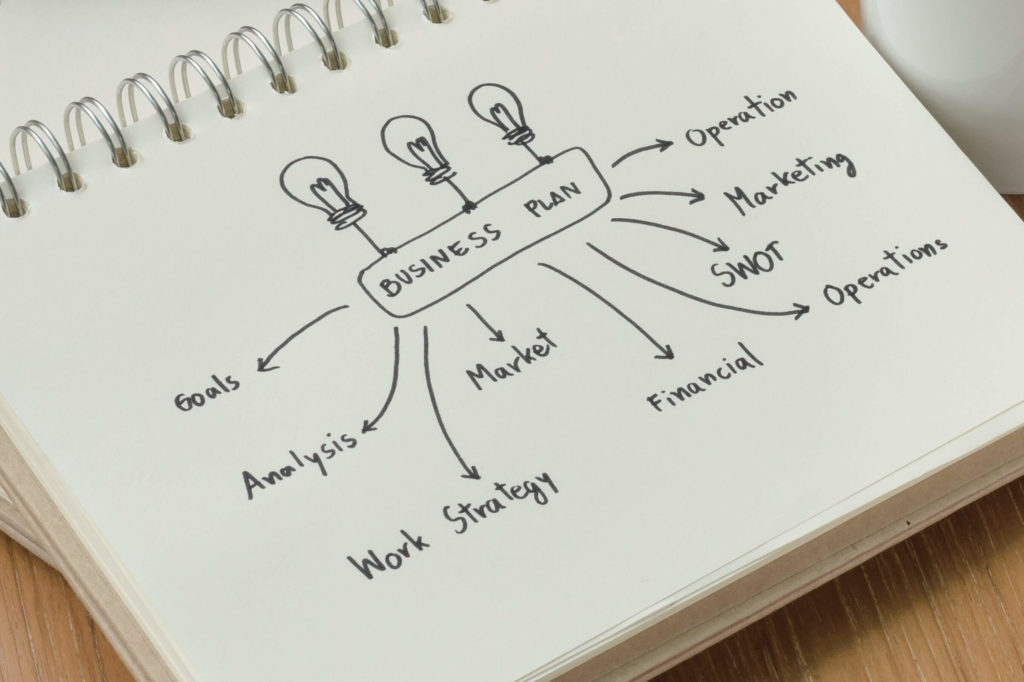
Before starting your nonprofit business plan, it is important to consider the following:
- Who is your audience? E.g. If you are interested in fundraising, donors will be your audience. If you are interested in partnerships, potential partners will be your audience.
- What do you want their response to be? Depending on your target audience, you should focus on the key message you want them to receive to get the response that you want.

10-Step Guide on Writing a Business Plan for Nonprofits
Note: Steps 1, 2, and 3 are in preparation for writing your nonprofit business plan.
Step 1: Data Collection
Before even getting started with the writing, collect financial, operating, and other relevant data. If your nonprofit is already in operation, this should at the very least include financial statements detailing operating expense reports and a spreadsheet that indicates funding sources.
If your nonprofit is new, compile materials related to any secured funding sources and operational funding projections, including anticipated costs.
Step 2: Heart of the Matter
You are a nonprofit after all! Your nonprofit business plan should start with an articulation of the core values and your mission statement. Outline your vision, your guiding philosophy, and any other principles that provide the purpose behind the work. This will help you to refine and communicate your nonprofit message clearly.
Your nonprofit mission statement can also help establish your milestones, the problems your organization seeks to solve, who your organization serves, and its future goals.
Check out these great mission statement examples for some inspiration. For help writing your statement, download our free Mission & Vision Statements Worksheet.
Step 3: Outline
Create an outline of your nonprofit business plan. Write out everything you want your plan to include (e.g. sections such as marketing, fundraising, human resources, and budgets).
An outline helps you focus your attention. It gives you a roadmap from the start, through the middle, and to the end. Outlining actually helps us write more quickly and more effectively.
An outline will help you understand what you need to tell your audience, whether it’s in the right order, and whether the right amount of emphasis is placed on each topic.
Pro tip: Use our Nonprofit Business Plan Outline to help with this step! More on that later.
Step 4: Products, Programs, and Services
In this section, provide more information on exactly what your nonprofit organization does.
- What products, programs, or services do you provide?
- How does your nonprofit benefit the community?
- What need does your nonprofit meet and what are your plans for meeting that need?
E.g. The American Red Cross carries out its mission to prevent and relieve suffering with five key services: disaster relief, supporting America’s military families, lifesaving blood, health and safety services, and international service.
Don’t skimp out on program details, including the functions and beneficiaries. This is generally what most readers will care most about.
However, don’t overload the reader with technical jargon. Try to present some clear examples. Include photographs, brochures, and other promotional materials.
Step 5: Marketing Plan
A marketing plan is essential for a nonprofit to reach its goals. If your nonprofit is already in operation, describe in detail all current marketing activities: any outreach activities, campaigns, and other initiatives. Be specific about outcomes, activities, and costs.
If your nonprofit is new, outline projections based on specific data you gathered about your market.
This will frequently be your most detailed section because it spells out precisely how you intend to carry out your business plan.
- Describe your market. This includes your target audience, competitors, beneficiaries, donors, and potential partners.
- Include any market analyses and tests you’ve done.
- Outline your plan for reaching your beneficiaries.
- Outline your marketing activities, highlighting specific outcomes.
Step 6: Operational Plan
An operational plan describes how your nonprofit plans to deliver activities. In the operational plan, it is important to explain how you plan to maintain your operations and how you will evaluate the impact of your programs.
The operational plan should give an overview of the day-to-day operations of your organization such as the people and organizations you work with (e.g. partners and suppliers), any legal requirements that your organization needs to meet (e.g. if you distribute food, you’ll need appropriate licenses and certifications), any insurance you have or will need, etc.
In the operational plan, also include a section on the people or your team. Describe the people who are crucial to your organization and any staff changes you plan as part of your business plan.
Pro tip: If you have an organizational chart, you can include it in the appendix to help illustrate how your organization operates. Learn more about the six types of nonprofit organizational charts and see them in action in this free e-book.
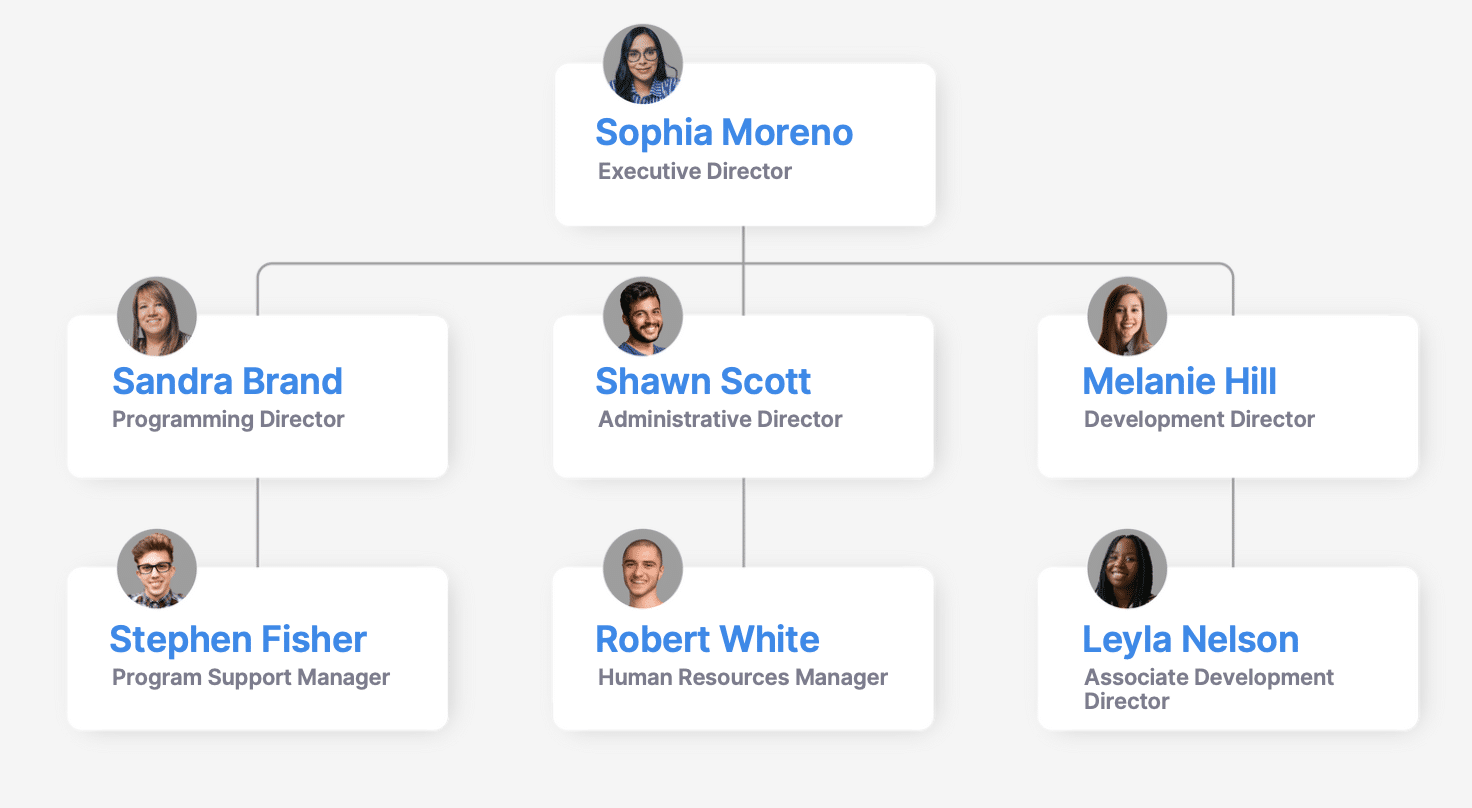
Step 7: Impact Plan
For a nonprofit, an impact plan is as important as a financial plan. A nonprofit seeks to create social change and a social return on investment, not just a financial return on investment.
Your impact plan should be precise about how your nonprofit will achieve this step. It should include details on what change you’re seeking to make, how you’re going to make it, and how you’re going to measure it.
This section turns your purpose and motivation into concrete accomplishments your nonprofit wants to make and sets specific goals and objectives.
These define the real bottom line of your nonprofit, so they’re the key to unlocking support. Funders want to know for whom, in what way, and exactly how you’ll measure your impact.
Answer these in the impact plan section of your business plan:
- What goals are most meaningful to the people you serve or the cause you’re fighting for?
- How can you best achieve those goals through a series of specific objectives?
E.g. “Finding jobs for an additional 200 unemployed people in the coming year.”
Step 8: Financial Plan
This is one of the most important parts of your nonprofit business plan. Creating a financial plan will allow you to make sure that your nonprofit has its basic financial needs covered.
Every nonprofit needs a certain level of funding to stay operational, so it’s essential to make sure your organization will meet at least that threshold.
To craft your financial plan:
- Outline your nonprofit’s current and projected financial status.
- Include an income statement, balance sheet, cash flow statement, and financial projections.
- List any grants you’ve received, significant contributions, and in-kind support.
- Include your fundraising plan.
- Identify gaps in your funding, and how you will manage them.
- Plan for what will be done with a potential surplus.
- Include startup costs, if necessary.
If your nonprofit is already operational, use established accounting records to complete this section of the business plan.
Knowing the financial details of your organization is incredibly important in a world where the public demands transparency about where their donations are going.
Pro tip: Leverage startup accelerators dedicated to nonprofits that can help you with funding, sponsorship, networking, and much more.
Step 9: Executive Summary
Normally written last but placed first in your business plan, your nonprofit executive summary provides an introduction to your entire business plan. The first page should describe your non-profit’s mission and purpose, summarize your market analysis that proves an identifiable need, and explain how your non-profit will meet that need.
The Executive Summary is where you sell your nonprofit and its ideas. Here you need to describe your organization clearly and concisely.
Make sure to customize your executive summary depending on your audience (i.e. your executive summary page will look different if your main goal is to win a grant or hire a board member).
Step 10: Appendix
Include extra documents in the section that are pertinent to your nonprofit: organizational chart, current fiscal year budget, a list of the board of directors, your IRS status letter, balance sheets, and so forth.
The appendix contains helpful additional information that might not be suitable for the format of your business plan (i.e. it might unnecessarily make it less readable or more lengthy).
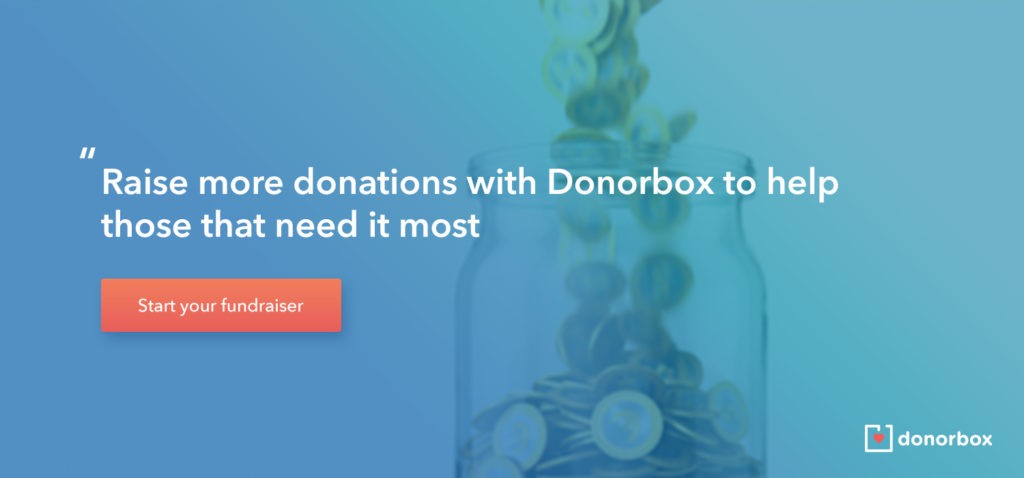
Do’s and Dont’s of Nonprofit Business Plans – Tips
Do:
- Write clearly, using simple and easy-to-understand language.
- Get to the point, support it with facts, and then move on.
- Include relevant graphs and program descriptions.
- Include an executive summary.
- Provide sufficient financial information.
- Customize your business plan to different audiences.
- Stay authentic and show enthusiasm.
Don’t:
- Make the business plan too long.
- Use too much technical jargon.
- Overload the plan with text.
- Rush the process of writing, but don’t drag it either.
- Gush about the cause without providing a clear understanding of how you will help the cause through your activities.
Format:
- Keep your formatting consistent.
- Use standard 1-inch margins.
- Use a reasonable font size for the body.
- For print, use a serif font like Times New Roman or Courier. For digital, use sans serifs like Verdana or Arial.
- Start a new page before each section.
- Don’t allow your plan to print and leave a single line on an otherwise blank page.
- Have several people read over the plan before it is printed to make sure it’s free of errors.
Nonprofit Business Plan Template
To help you get started we’ve created a nonprofit business plan outline. This business plan outline will work as a framework regardless of your nonprofit’s area of focus. With it, you’ll have a better idea of how to lay out your nonprofit business plan and what to include. We have also provided several questions and examples to help you create a detailed nonprofit business plan.
Download Your Free Outline
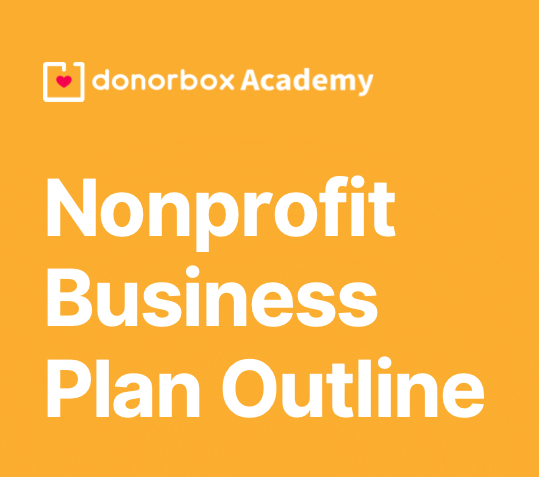
At Donorbox, we strive to make your nonprofit experience as productive as possible, whether through our donation software or through our advice and guides on the Nonprofit Blog. Find more free, downloadable resources in our Library.
Conclusion
Many nonprofits start with passion and enthusiasm but without a proper business plan. It’s a common misconception that just because an organization is labeled a “nonprofit,” it does not need to operate in any way like a business.
However, a nonprofit is a type of business, and many of the same rules that apply to a for-profit company also apply to a nonprofit organization.
As outlined above, your nonprofit business plan is a combination of your marketing plan, strategic plan, operational plan, impact plan, and financial plan. Remember, you don’t have to work from scratch. Be sure to use the nonprofit business plan outline we’ve provided to help create one of your own.
It’s important to note that your nonprofit should not be set in stone—it can and should change and evolve. It’s a living organism. While your vision, values, and mission will likely remain the same, your nonprofit business plan may need to be revised from time to time. Keep your audience in mind and adjust your plan as needed.
Finally, don’t let your plan gather dust on a shelf! Print it out, put up posters on your office walls, and read from it during your team meetings. Use all the research, data, and ideas you’ve gathered and put them into action!
If you want more help with nonprofit management tips and fundraising resources, visit our Nonprofit Blog. We also have dedicated articles for starting a nonprofit in different states in the U.S., including Texas, Minnesota, Oregon, Arizona, Illinois, and more.
Learn about our all-in-one online fundraising tool, Donorbox, and its simple-to-use features on the website here.
